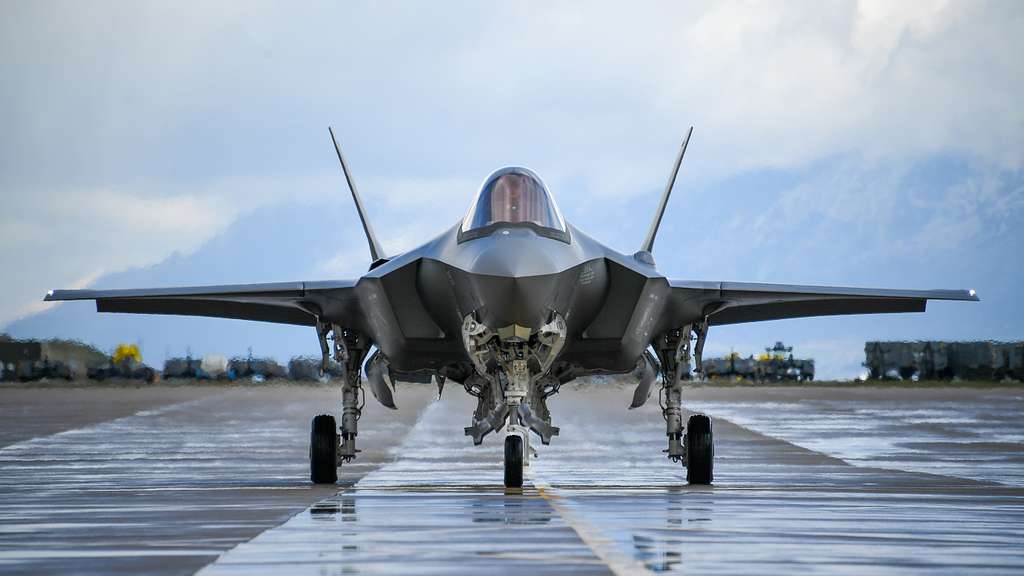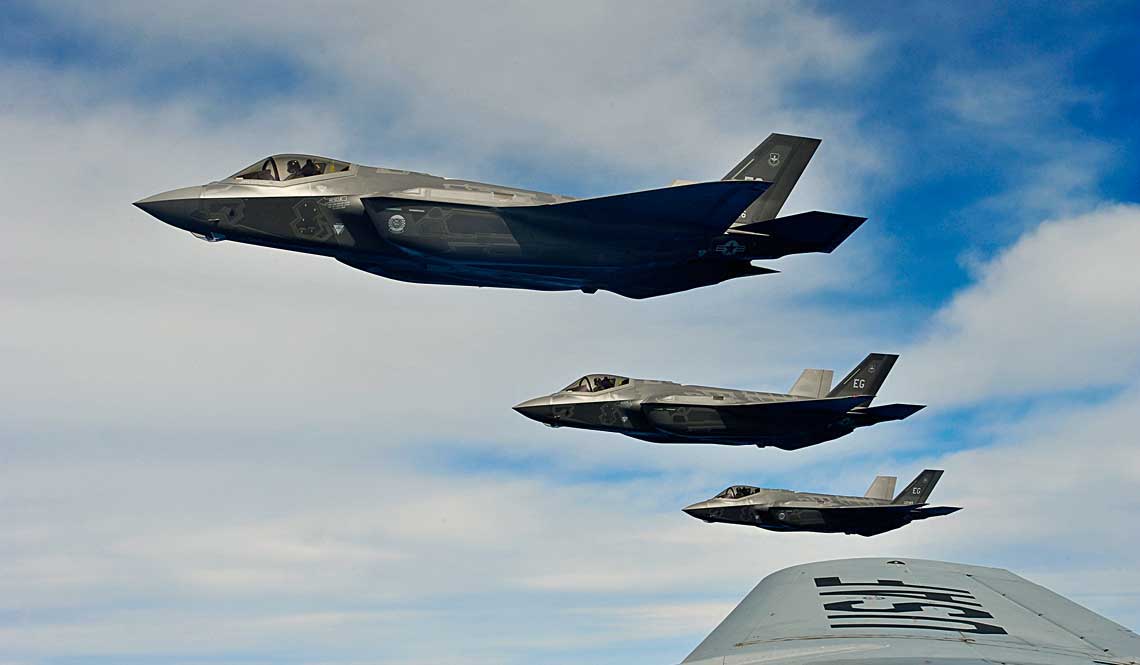
Lightning II in the heat of criticism

More than 100 F-35A Block 2B / 3i are unsuitable for combat. Their upgrade to Block 3F / 4 was considered unprofitable.
Perhaps the most important development and production program for the Lockheed Martin F-35 Lightning II multi-role combat aircraft in the second half of the year was the publication of a future report on more than a hundred examples delivered to the US Department of Defense. Protection until the end of the research and experimental phase.
The world's largest military aviation program, despite gaining momentum, still continues to record all sorts of critical assessments related to mileage and delays. The latter show simultaneously the efforts of the entire economy and the customer to create and adopt a promising weapon system.
The shoals of the F-35 program
Despite the declaration of initial operational readiness by the first squadrons of the US Air Force and the US Marine Corps, as well as the deployment of vehicles outside the US, the situation for the program is far from ideal. On September 18, the US Department of Defense admitted that the standard Block 2 and Block 3i aircraft were not combat-ready. As was literally commented: in a real combat situation, every pilot flying the Block 2B variant must avoid the combat zone and have support in the form of other combat vehicles. At the same time, the estimated costs for their conversion / modernization into the Block 3F / 4 version will amount to hundreds of millions of dollars - we are talking about 108 copies of the US Air Force and the delivered parts of the F-35B and F-35C. Their production at the stage of research and development [so-called. Phase EMD, between the so-called milestone B milestone C, in which the mass production of newly developed equipment, even the LRIP series, is illegal; an exception was made for the F-35, hence the so-called. concurrency - production is still ongoing; Formally and technically, the F-35s of the subsequent LRIP series so far produced are prototypes, not (small) serial units, - approx. Some of them are not about software that would be "easy" to modify, but about structural changes that require the machine to be returned to the manufacturer for restoration.
The reason for this move was the decision of the Department of Defense to speed up the program and modernize the US Air Force (parallelism) faster. At the same time, this can explain such small purchases by the US Navy. Pending the end of the research and development phase, and with a large number of relatively new F / A-18E / F Super Hornets, the US Navy could only afford to purchase 28 F-35Cs.
The question of what will happen to these machines is currently open - American analysts point to three possibilities: an expensive transfer to the current Block 3F standard and further use in school and linear parts, use only for training (which may be associated with subsequent training pilots changing to newer F-35s) or early withdrawal and offer to potential export customers under the so-called. "Fast track" from the resources of the Ministry of Defense with an optional (at the expense of the customer) upgrade to a newer standard. Of course, a third option would be good for the Pentagon and Lockheed Martin, who would be tasked with building new airframes for the main client of the program.
This is not the only problem. Despite the growing supply of mass-produced machines, delays are associated with the expansion of infrastructure and storage resources. According to a federal report dated Oct. 22, the delay in this matter is six years beyond the estimated timetable — the average time to fix a failure is now 172 days, twice as long as anticipated. In the period January-August this year. 22% of aircraft belonging to the Ministry of Defense were stopped due to lack of spare parts. Not acquiring more than 2500 F-35s, but maintaining the proper level of operational support for them, would be the Department of Defense's biggest challenge, according to the GAO (US equivalent of NIK) - over a 60-year expected service life, that could cost $1,1 trillion.